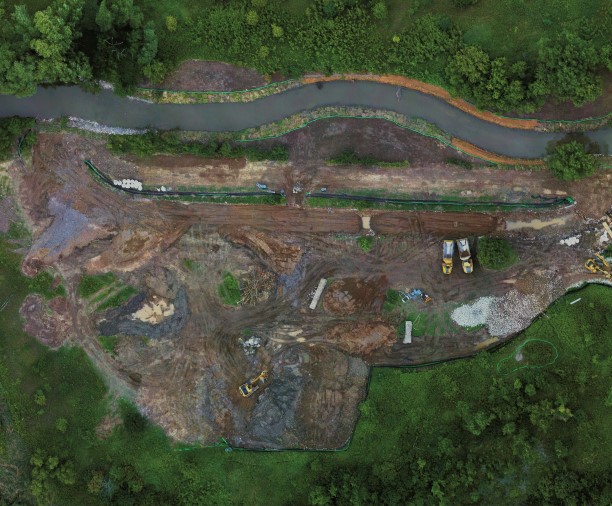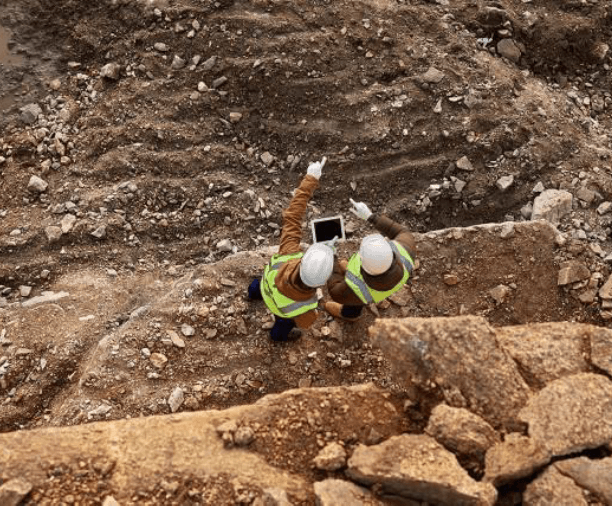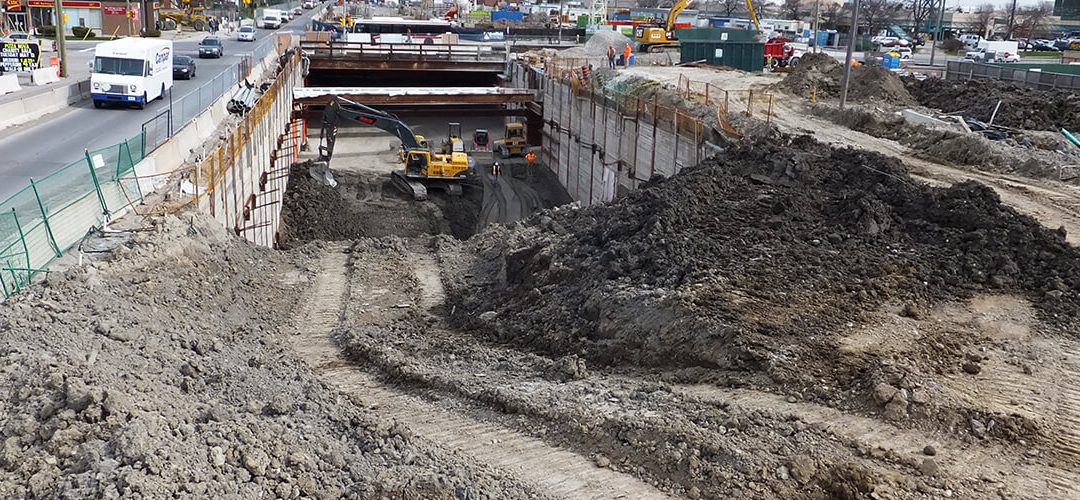Excess Soil Management
Excess Soil Regulation Introduction
Ontario Regulation 406/19: On Site and Excess Soil Management was finalized by the Ontario Ministry of the Environment, Conservation and Parks (MECP) in 2019 and came into effect on January 1, 2021.
The Excess Soil Regulation is supported by a Soil Rules document and risk-based beneficial soil reuse standards. The regulation requirements have been phased in over a number of years; however, certain requirements were temporarily paused in April 2022 in order for stakeholders to understand the regulation requirements more clearly and for the MECP to consider improvements to the regulation. The planning requirements that were paused in April 2022 came into effect on January 1, 2023.
Contacts
-
- Brant Gill, Senior Hydrogeologist
- Jacky So, Senior Environmental Engineer
- Kam Chan, Sector Lead, Infrastructure
Matrix’s Excess Soil Management Team has experienced QPs that can help Project Leaders navigate through the regulatory requirements – planning ahead to maximize opportunities that can reduce project costs, develop efficient project schedules, maintain the project on a steady course, and achieve environmentally sustainable project success.
Key Regulation Concepts
Through implementing planning, characterization, and documentation requirements, the Excess Soil Regulation is designed to accomplish three primary goals:
- to limit clean soil from entering and filling up landfills
- to prevent dumping contaminated soil at clean sites
- to promote beneficial reuse of clean soil locally
The Excess Soil Regulation accomplishes these goals by providing clear and enforceable rules for excess soil management, setting minimum soil quality characterization requirements, providing soil quality standards, and setting planning and tracking requirements for managing excess soil.


Key Regulation Concepts
Through implementing planning, characterization, and documentation requirements, the Excess Soil Regulation is designed to accomplish three primary goals:
- to limit clean soil from entering and filling up landfills
- to prevent dumping contaminated soil at clean sites
- to promote beneficial reuse of clean soil locally
The Excess Soil Regulation accomplishes these goals by providing clear and enforceable rules for excess soil management, setting minimum soil quality characterization requirements, providing soil quality standards, and setting planning and tracking requirements for managing excess soil.

Excess Soil Definitions
Excess Soil is defined in the regulation as soil that has been excavated as part of a project and removed from the project area.
The Project Area is defined as the property of adjoining properties on which the project excavation are being carried out.
The Project Leader is the person or persons who are ultimately responsible for making the decisions relating to the planning and implementation of the project. It is critical to the overall project success for the project leader to understand the regulation and anticipate the course of a project from inception to completion.
Qualified Person: Certain Excess Soil Regulation requirements must be completed by a Qualified Person (QP), someone that is qualified to complete Phase One ad Phase Two Environmental Site Assessments (ESAs) and who is a licensed Professional Engineer (P.Eng.) or a certified Professional Geoscientist (P.Geo.) in Ontario.
The Excess Soil Regulation requirements for planning, sampling, characterization, management, and tracking applies only to the volume of soil that is being removed from the Project Area.
There are also certain types of projects that are exempt from certain regulatory requirements. The Matrix Excess Soil Management Team helps our clients navigate the applicable Excess Soil Reuse Planning requirements, including the key reporting deliverables:
- Notice of Project (Section 8)
- Assessment of Past Uses (Section 11)
- Sampling and Analysis Plan (Section 12)
- Soil Characterization Report (Section 12)
- Excess Soil Destination Assessment Report (Section 13)
- Tracking System (Section 16)


There are also certain types of projects that are exempt from certain regulatory requirements. The Matrix Excess Soil Management Team helps our clients navigate the applicable Excess Soil Reuse Planning requirements, including the key reporting deliverables:
- Notice of Project (Section 8)
- Assessment of Past Uses (Section 11)
- Sampling and Analysis Plan (Section 12)
- Soil Characterization Report (Section 12)
- Excess Soil Destination Assessment Report (Section 13)
- Tracking System (Section 16)

